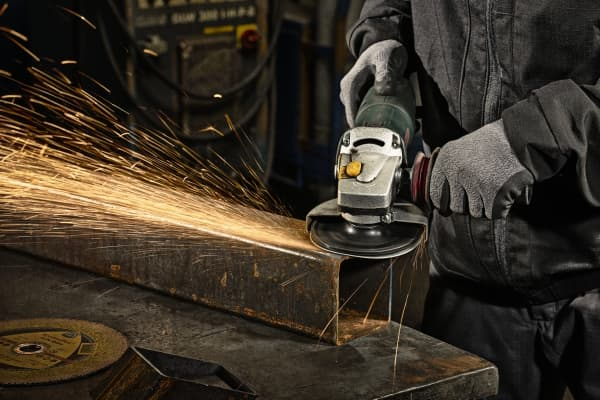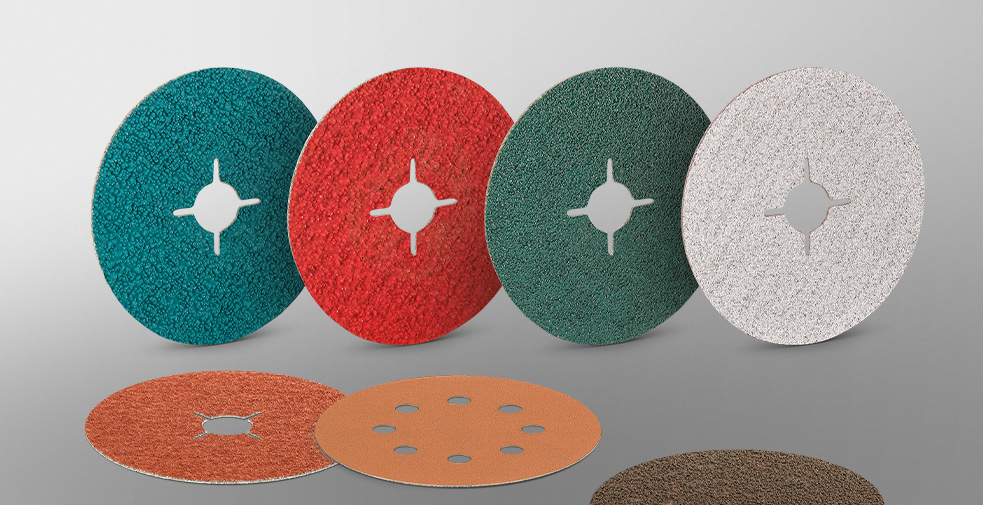Fibre discs are an essential component in metal grinding and polishing operations, providing the essential abrasive power necessary to achieve high-quality finishes on metal surfaces. However, not all fibre discs are the same, so the following factor will help you to choose the right disc to get the best results and prevent any damage to your equipment.
Backing Material of Fibre Disc
The backing material provides the support for the abrasive grain and determines the disc’s flexibility and durability. The two primary types of backing materials are paper and cloth. Paper-backed discs are suitable for general-purpose grinding and polishing operations, while cloth-backed discs are better for heavy-duty applications, as they are stronger and more durable.
Grain Type of Fibre Disc
There are two primary grain types: aluminum oxide and zirconia alumina. Aluminum oxide is the most common type of abrasive grain and is suitable for most general-purpose grinding applications. Zirconia alumina is a more advanced type of abrasive grain that is better suited for heavy-duty applications, as it is tougher and more durable. Binic fibre disc offers a complete type of grain for your to choose.
Grit Size
Grit size refers to the size of the abrasive particles on the disc and directly impacts the level of abrasiveness of the disc. Coarse grit sizes fibre discs, such as 24 or 36, are best suited for aggressive stock removal, while finer grit sizes, such as 60 or 80, are better for finer polishing operations.
Disc Size
Disc size can range from as small as 3 inches to as large as 14 inches, and it’s essential to choose the correct size for your equipment. Larger discs are better for heavy-duty applications, as they provide more surface area for abrasive action, while smaller discs are better for finer polishing operations.
Disc Density
Disc density refers to the number of abrasive particles per square inch of the disc and impacts the disc’s abrasiveness and durability. Higher density discs are more aggressive and longer-lasting, but they also generate more heat and can cause more damage to delicate surfaces if not used correctly.
Conclusion
Selecting the right fibre disc for your application is essential to achieve high-quality results and prevent any damage to your equipment. Take the time to choose the right disc, and you’ll be rewarded with better results, longer equipment life, and less frustration in the long run.
Still Need Help?
If you’re still unsure which product is right for your job (click here to access it), or feel free to contact us directly.


